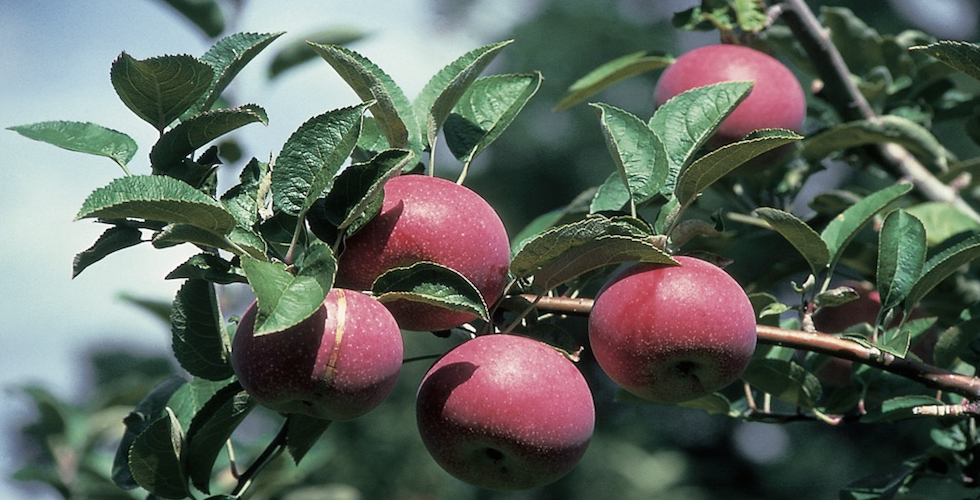
With Trees of Wisconsin, Tree Identification is Made Easy
Wisconsin is a great place for anyone interested in trees. With Trees of Wisconsin Field Guide by award-winning wildlife photographer Stan Tekiela, you’ll be able to quickly identify 101 of the most common trees in Wisconsin—nearly all of which are native to the state. This guide also includes a number of common non-native trees that have been naturalized in Wisconsin.
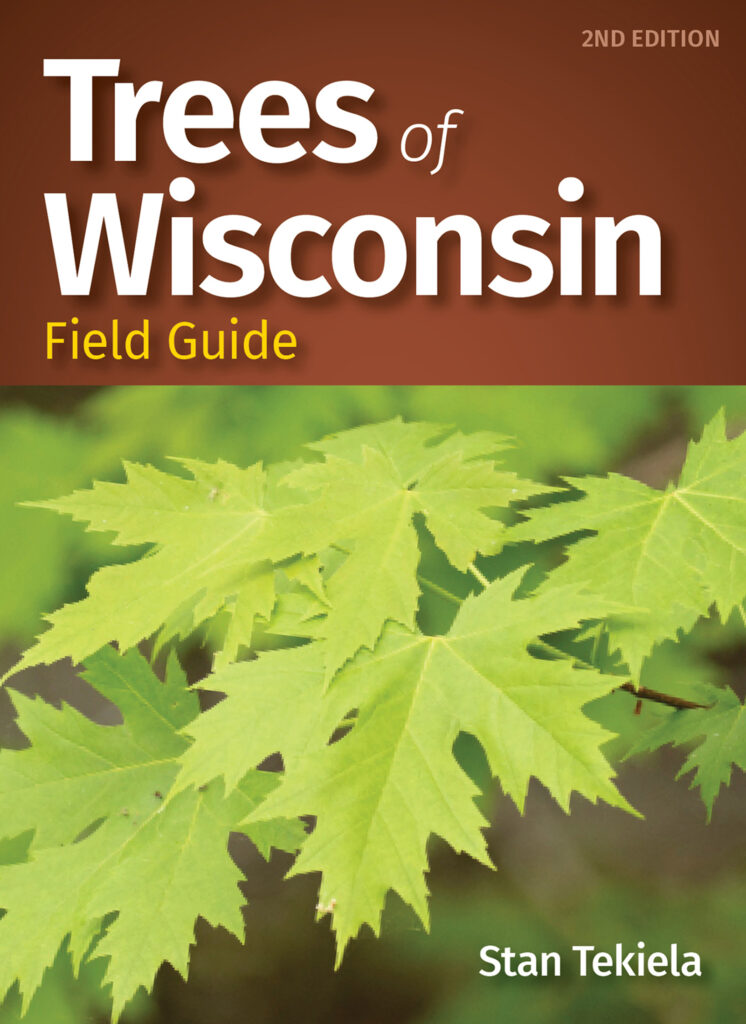
In today’s blog we take a look at two edible apple trees. Did you know that the common apples sold in grocery stores are from trees descended from the Wild Apple?
Found throughout the country, the apples are edible and some are very delicious. The five-petaled flower is showy white, sometimes streaked with pink.
Wild Apple trees, usually associated with former homesteads, are found along roads or fencerows where seedlings were planted or where apples were discarded and seeds have taken root.
A wide variety of Wild Apple species are now naturalized in Wisconsin. The tree was introduced in colonial times to the US, along with the Crab Apple.
The five-petaled white-to-pink or red flower of the Crab Apple tree is often very showy. Its apples range in color from green and yellow to red. Many species of cultivated Crab Apple can be found throughout the state. Others have escaped cultivation and now grow in the wild.
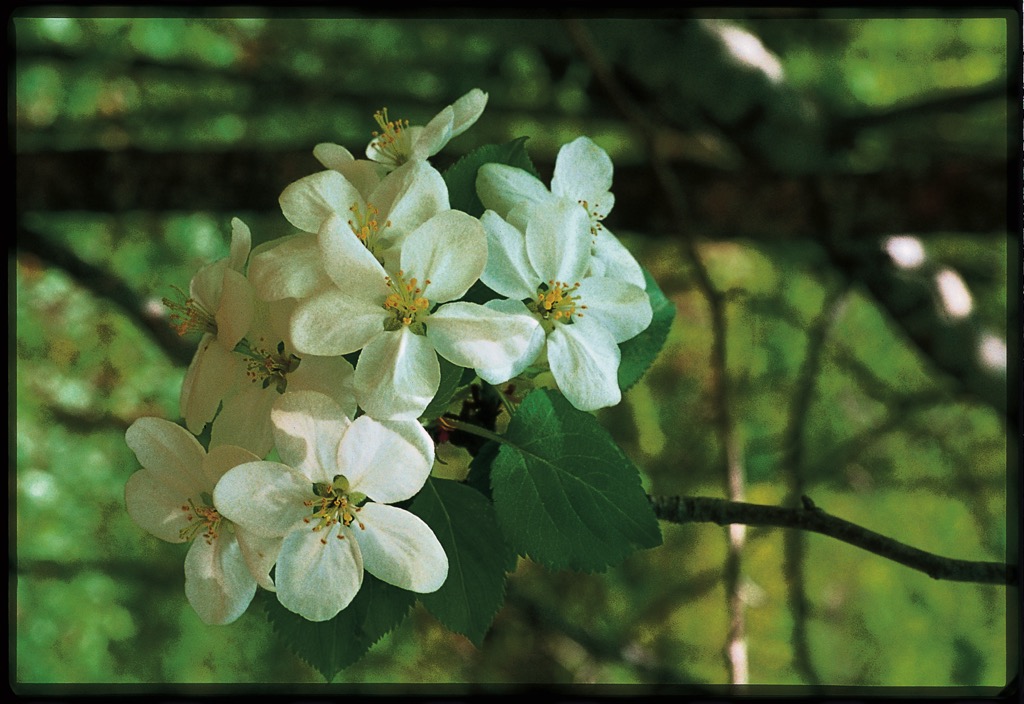
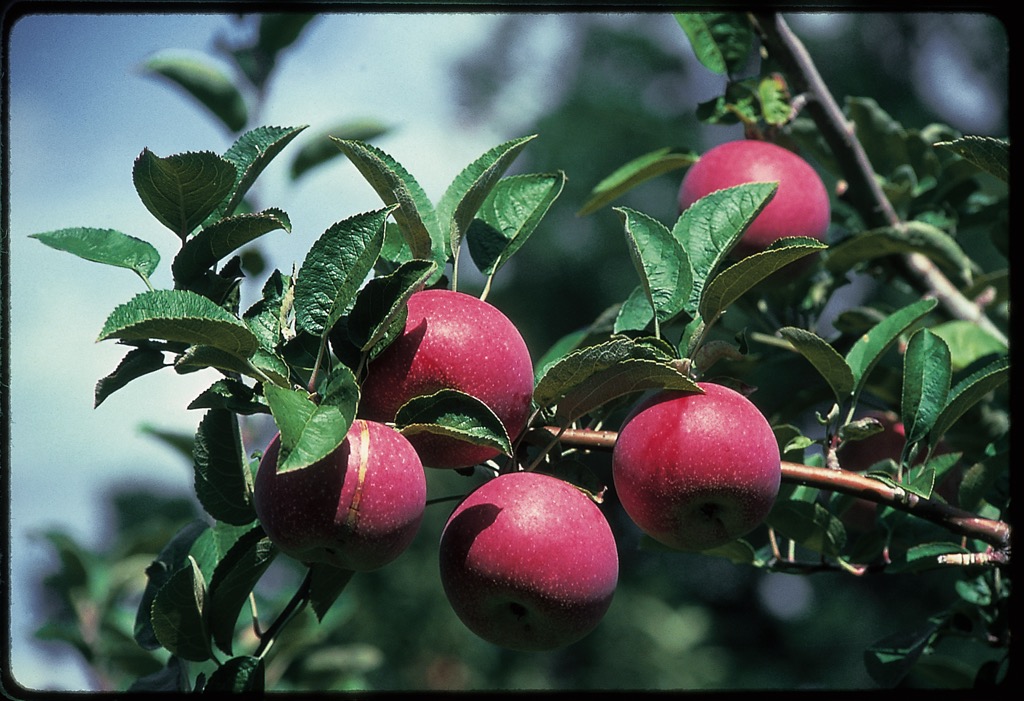
The apples have been used in jams and jellies, as well as desserts such as pies. Cider is often made from the more tart apples. Apples are an important food source for wildlife.
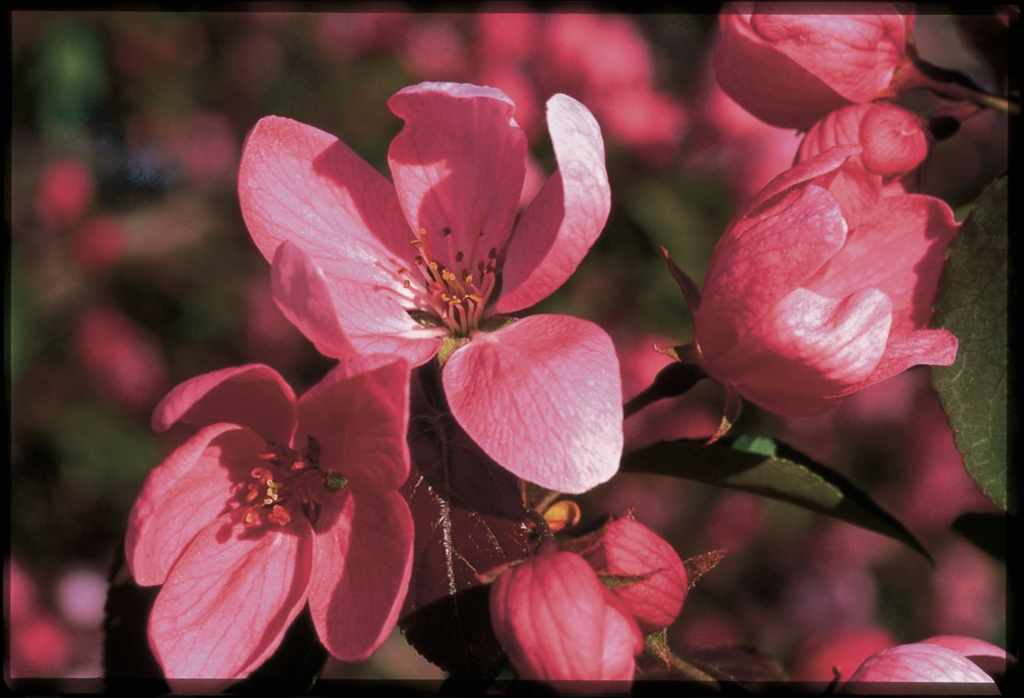
About the author: Naturalist, wildlife photographer, and writer Stan Tekiela is the author of more than 175 field guides, nature books, children’s books, wildlife audio CDs, puzzles, and playing cards, presenting many species of birds, mammals, reptiles, amphibians, trees, wildflowers, and cacti in the United States. With a Bachelor of Science degree in Natural History from the University of Minnesota and as an active professional naturalist for more than 25 years, Stan studies and photographs wildlife throughout the United States and Canada. He has received various national and regional awards for his books and photographs.
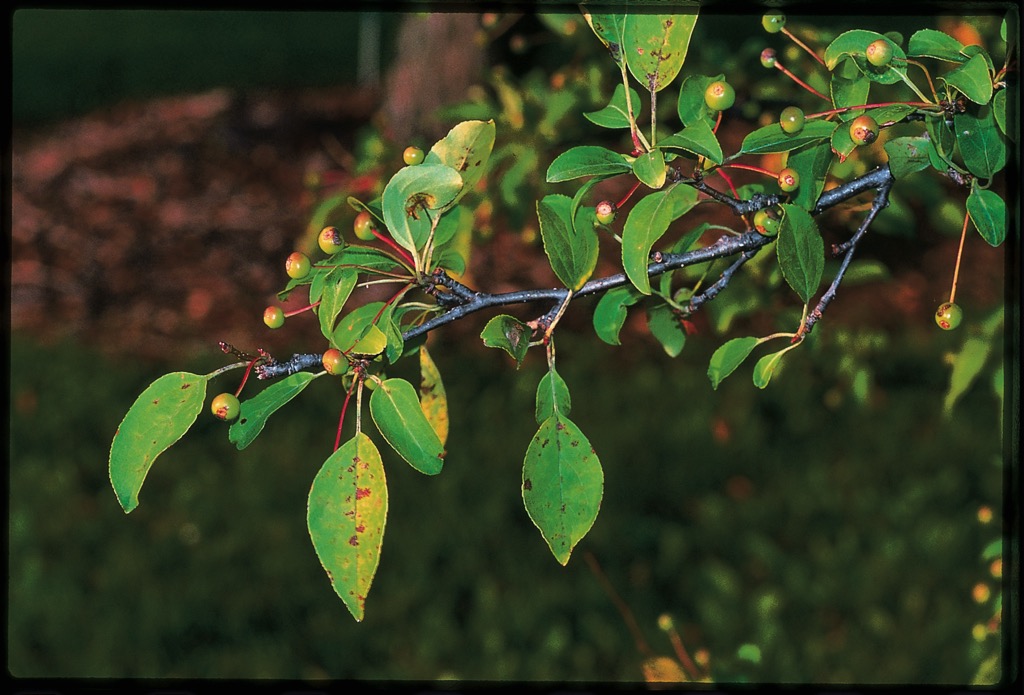
Also a well-known columnist and radio personality, Stan’s syndicated column appears in more than 25 newspapers, and his wildlife programs are broadcast on a number of Midwest radio stations. Stan can be followed on Facebook and Twitter. He can be contacted via www.naturesmart.com.
Order your copy of Trees of Wisconsin Field Guide here. For more stories about wildlife and nature, sign up for our newsletter now!


